It is next to impossible to take your canine out for a walk during the monsoon season. Pet parents are afraid of putting their pet’s health at risk by taking them out for a walk during the rain. However, it is necessary for your pooch to go on their daily walks.
Creating a raincoat or a waterproof coat for your furry one might be a perfect DIY project for you especially during the rainy season. Using a raincoat during their walks will keep them protected from the rainwater and will allow them to enjoy their daily walks.
There are many dog raincoats available in the market, but if you want to be a little more creative towards your canine then this DIY is the perfect one for you.
Materials needed:
- Butcher paper or a similar paper pattern template
- Softshell fleece or any other alternative material for the outer layers (Ensure that the material you choose for the outer fabric is waterproof or water-resistant)
- Polar fleece or any other soft fabric for the inner layer
- Washable sew or high visibility waterproof tape
- Interfacing (it is a fabric used on the other side of the coat to make the coat more stiff or rigid)
Measuring tape
- Loop and a hook
- Scissors
- Needle and thread
- Sewing machine
- Cloth pins
Measurements:
Take your measuring tape, a pen and paper to write down the measurements. Additionally, you might need to keep some treats handy so that your pooch happily gives you all the required measurements without any problem. The most important measurements that you require are –
- Length- Measure your canine’s back from their neck to their tail
- Girth- Measurement of your canine’s torso
- Neck size- Measurement of your canine’s neck for the collar
For further customization you will also require the measurement of your canines:
- Mid-torso girth
- Flank size- the length of the lower part of their torso
- Leg and Privates positioning – it helps with the positioning of the belly band so that your canine doesn’t face any discomfort
- Chest width and chest depth
- Positioning of your canine’s ear
Create a paper parent:
With the help of the measurements cut the butcher paper. A butcher paper will help as a full-sized mock for the actual fabric to be cut. Make markings on the paper with a pencil or a pen before you cut the paper
It will also be a good practice for you to cut the fabric in the same given way. Having a paper pattern ready will allow you to work smoothly if you decide to make anything else for your pooch in the future.
The paper pattern you create should be similar to the image shown below-
Cutting the fabrics:
Cut your fabrics similar to the paper pattern template. After you make the cuts cross-check or double-check the fabric pieces cut with the measurements taken or with your canine’s body for the perfect fit.
Layering the coat’s inner and outer fabrics:
First place the inner and outer fabric in place. You can also place the interfacing fabric in the middle of the inner and outer layer for having a perfect thick coat. Once you place it properly, pin it using cloth pins to secure all the fabric in place before stitching it up. Ensure that both the fabrics are cut identically so that you can line the edges well and sew it up.
Attaching shield and Collar neck:
Add the neck collar and shield to the fabric before you layer the outer and the inner fabric. Position the collar in the centre on the fabric so that it fits your pooch’s neck properly. Place the material right side up and pin it in place. Double-check the fit before you sew it to the coat.
Sewing the pieces together:
Sew the pieces of fabric together. Since the coat is water-resistant, one needs to be careful to avoid making many holes on the outer fabric with the needle. The use of needles needs to be minimized. You can make use of high visibility tape to seal the stitched area and hold the fabric nicely in place.
Creating Belly Bands:
Making belly bands on the coat gives additional flexible security to the coat. You can skip on this step if you do not want the coat to have a belly band.
To make a belly band sew an extra piece or a band of fabric, you can also use Velcro and layer the strip into position before you stitch the belly band. Layer the belly band on the top fabric of the coat. Follow the mentioned steps
- Layer the belly band pieces from right-side-in.
- Sew to join the pieces; leaving the top edge open (You can sew it after layering it into the finished jacket).
- Invert to right-side-out.
- Give a top stitch around the joined edges.
- The raincoat is now ready to be used. Put this coat onto your pooch and you’re ready to resume your daily walks in rain.







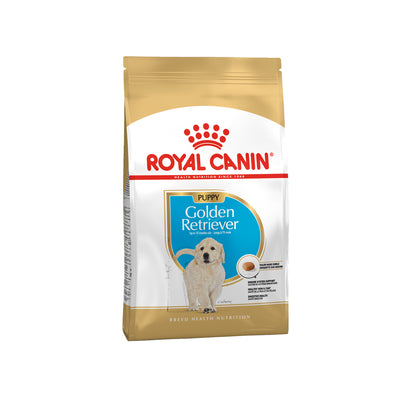
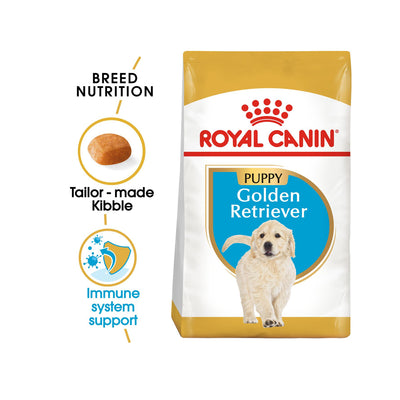
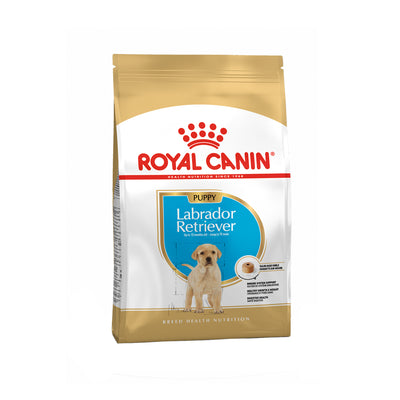
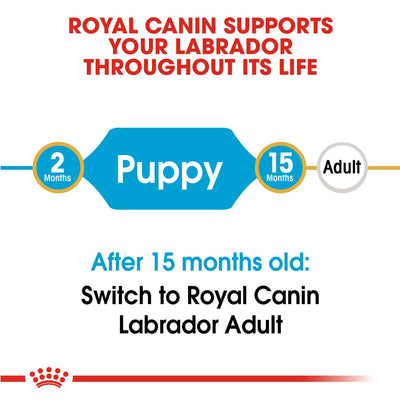
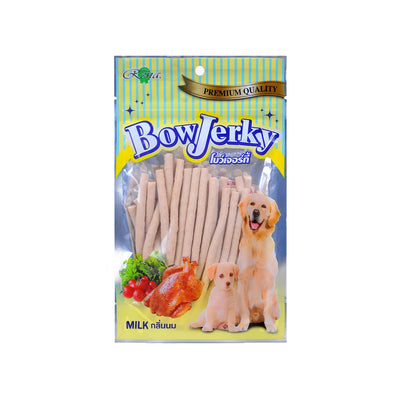
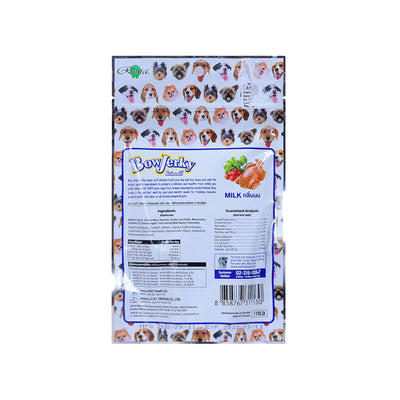
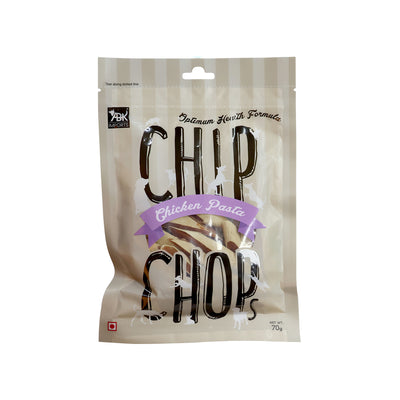
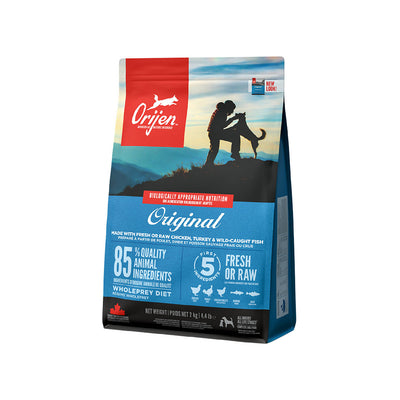
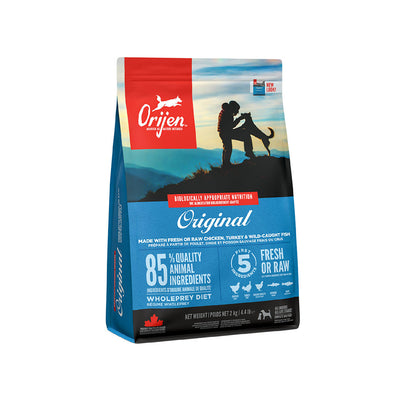
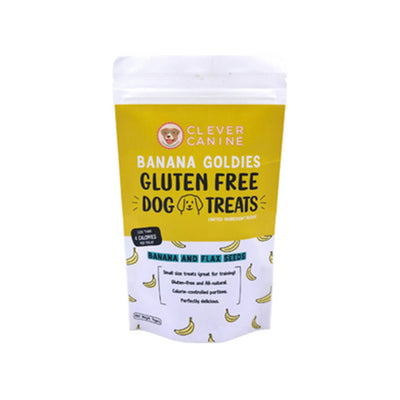
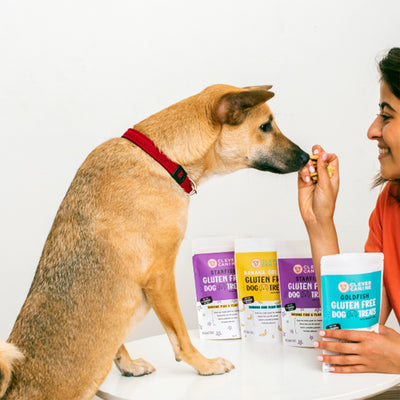
![5 Fun Facts About [Popular Pet Breed]](http://www.petkonnect.in/cdn/shop/articles/5_Fun_Facts_About_Dog_Pet_Breeds.png?v=1716969117&width=400)


